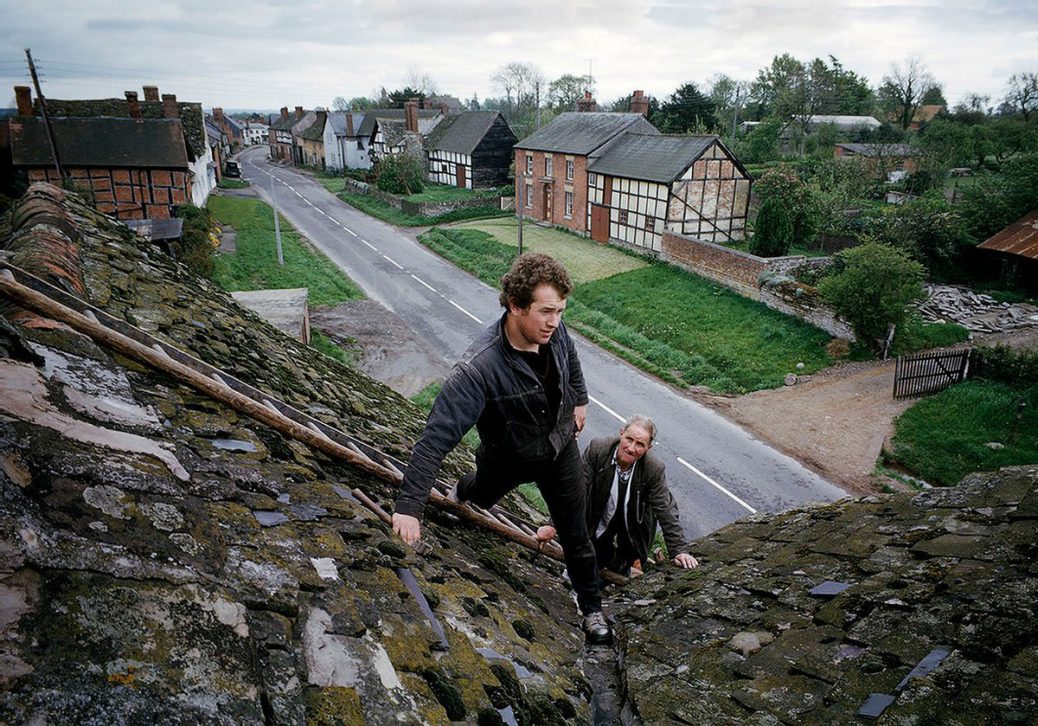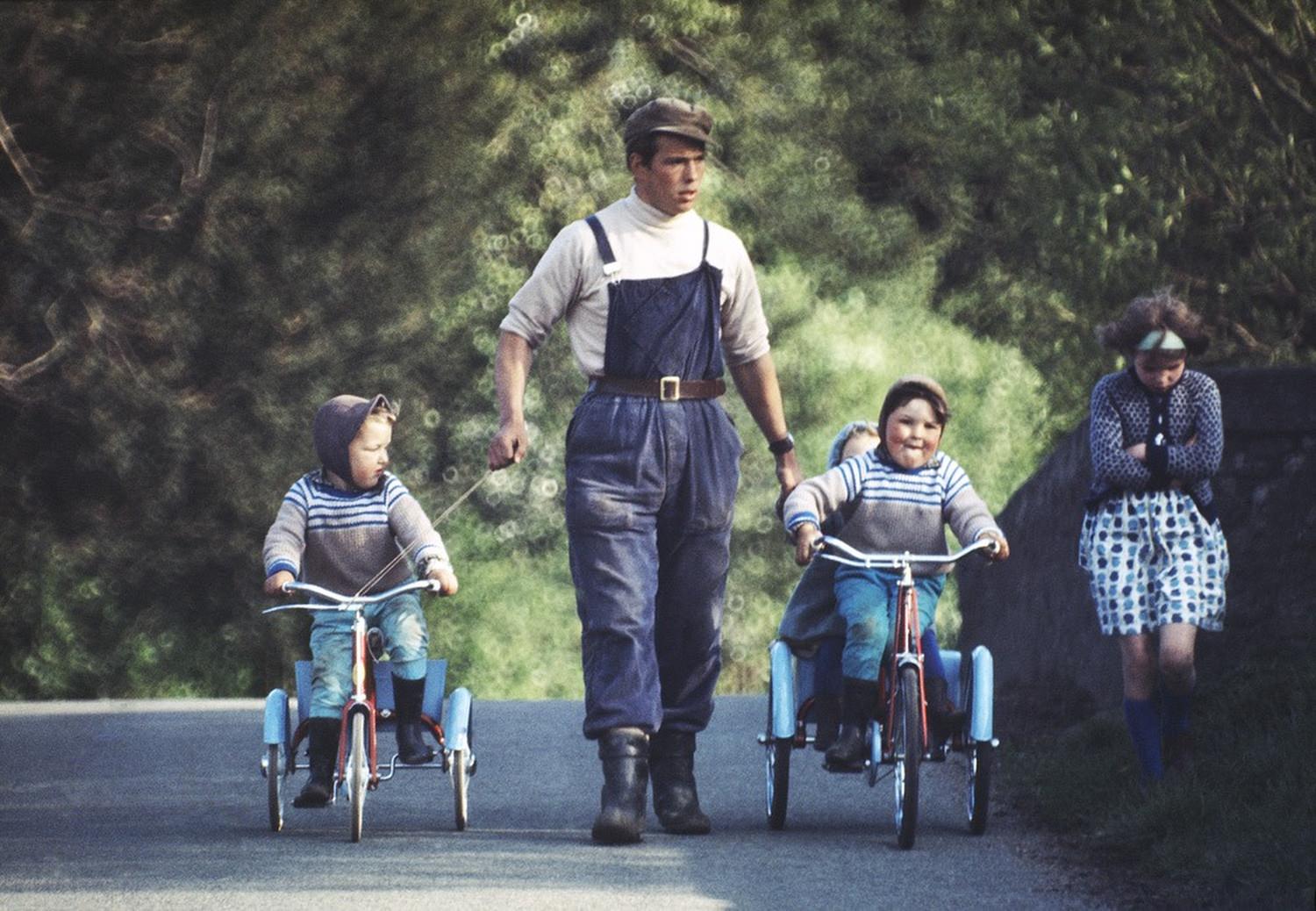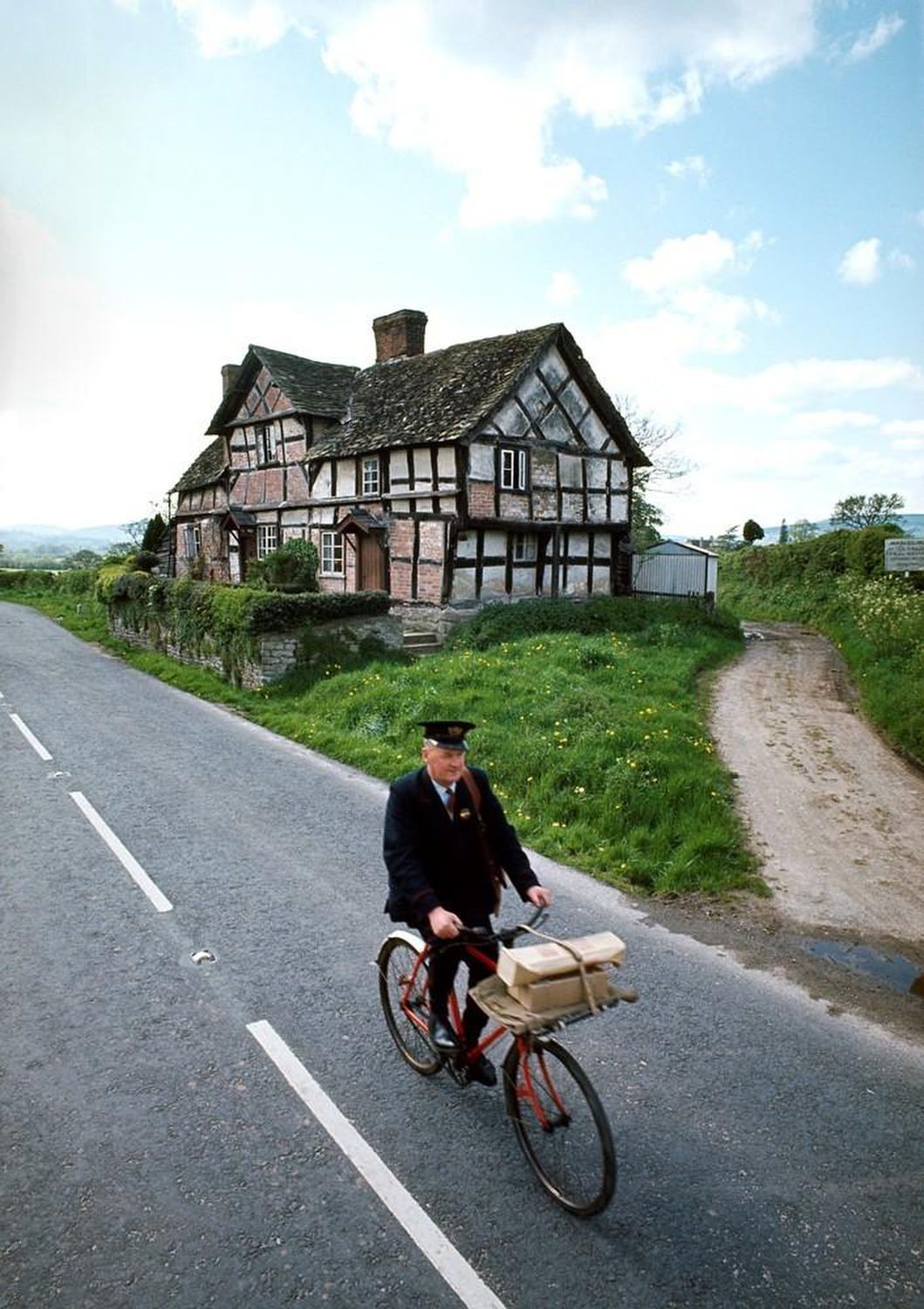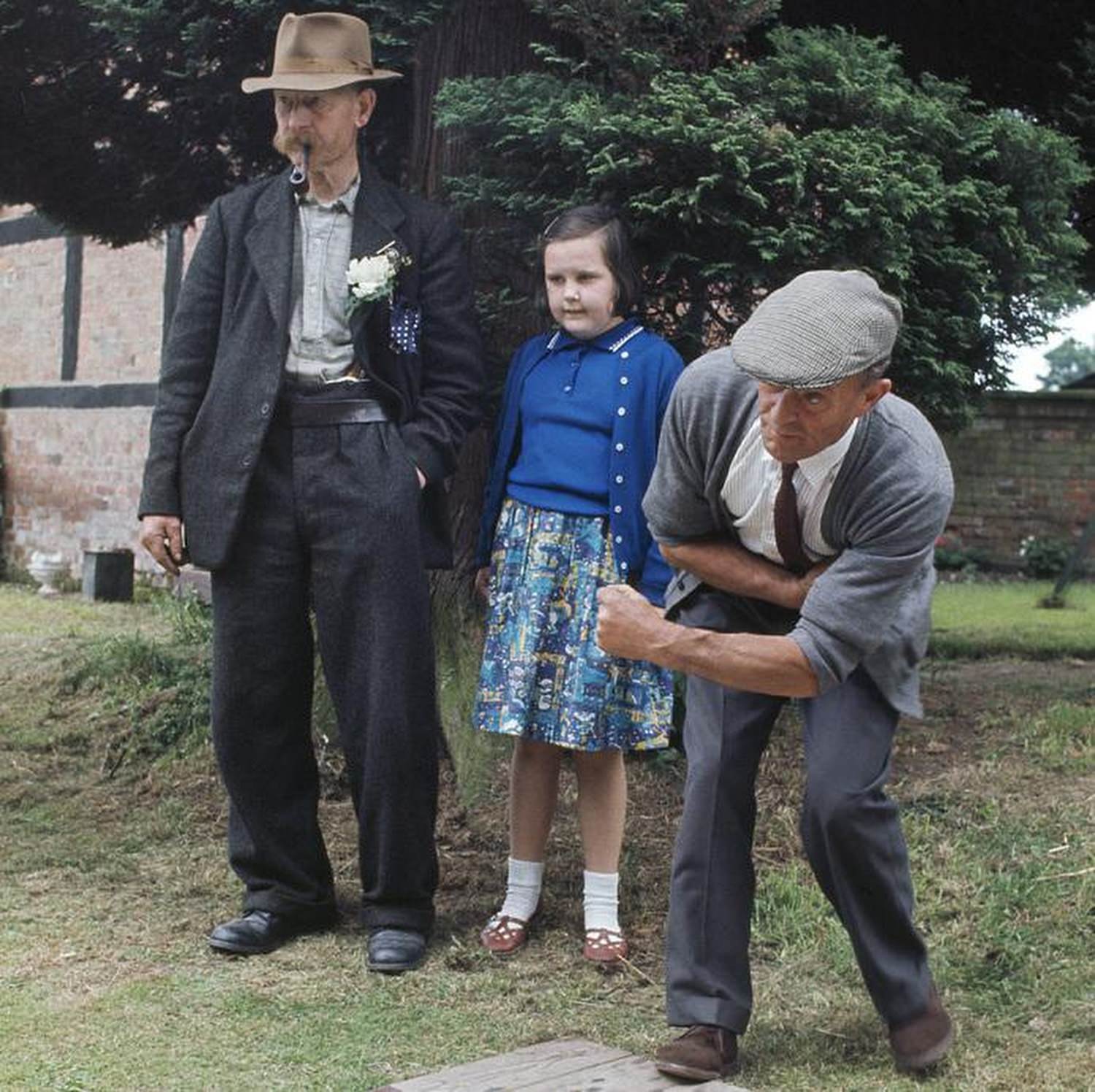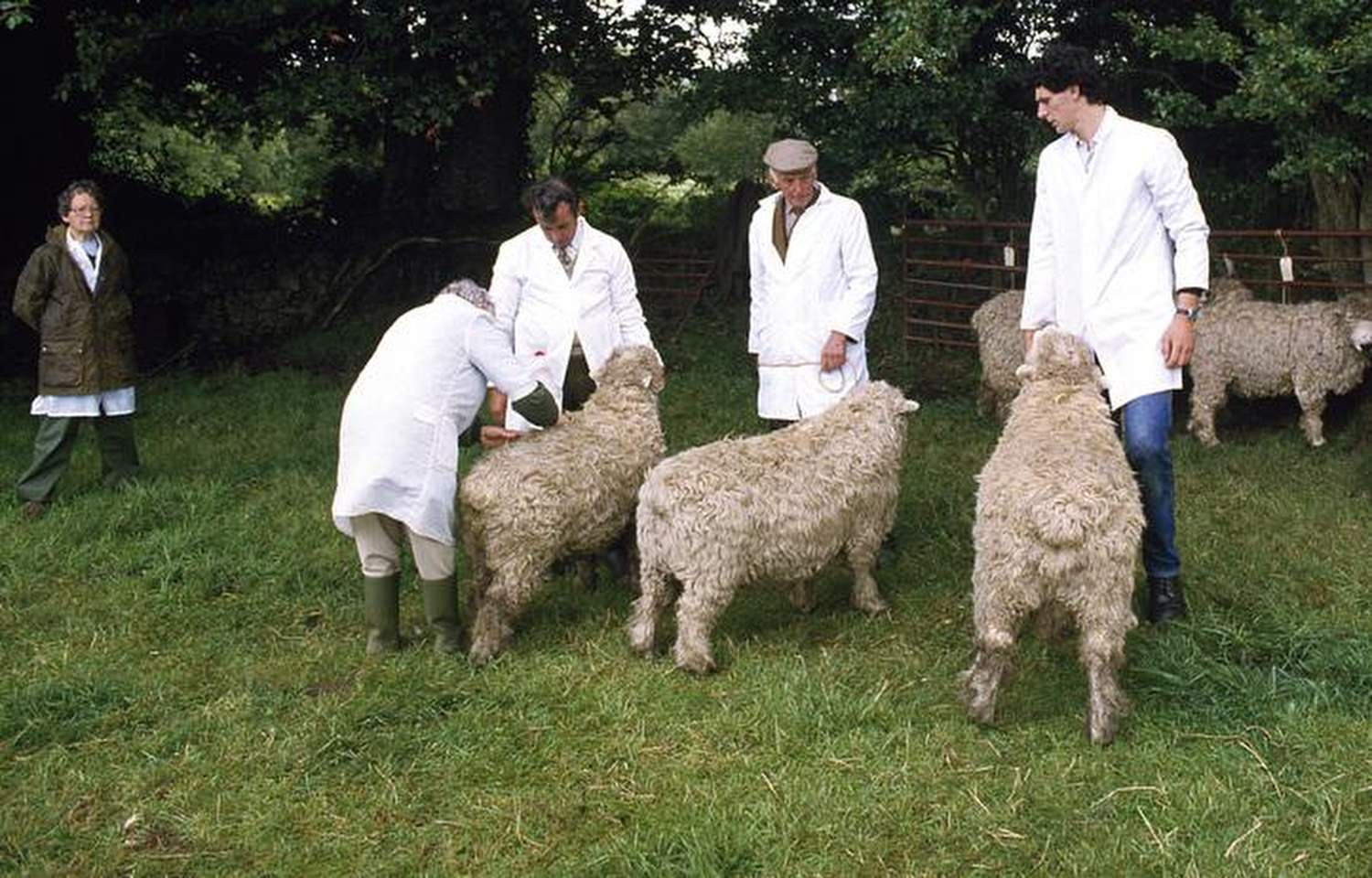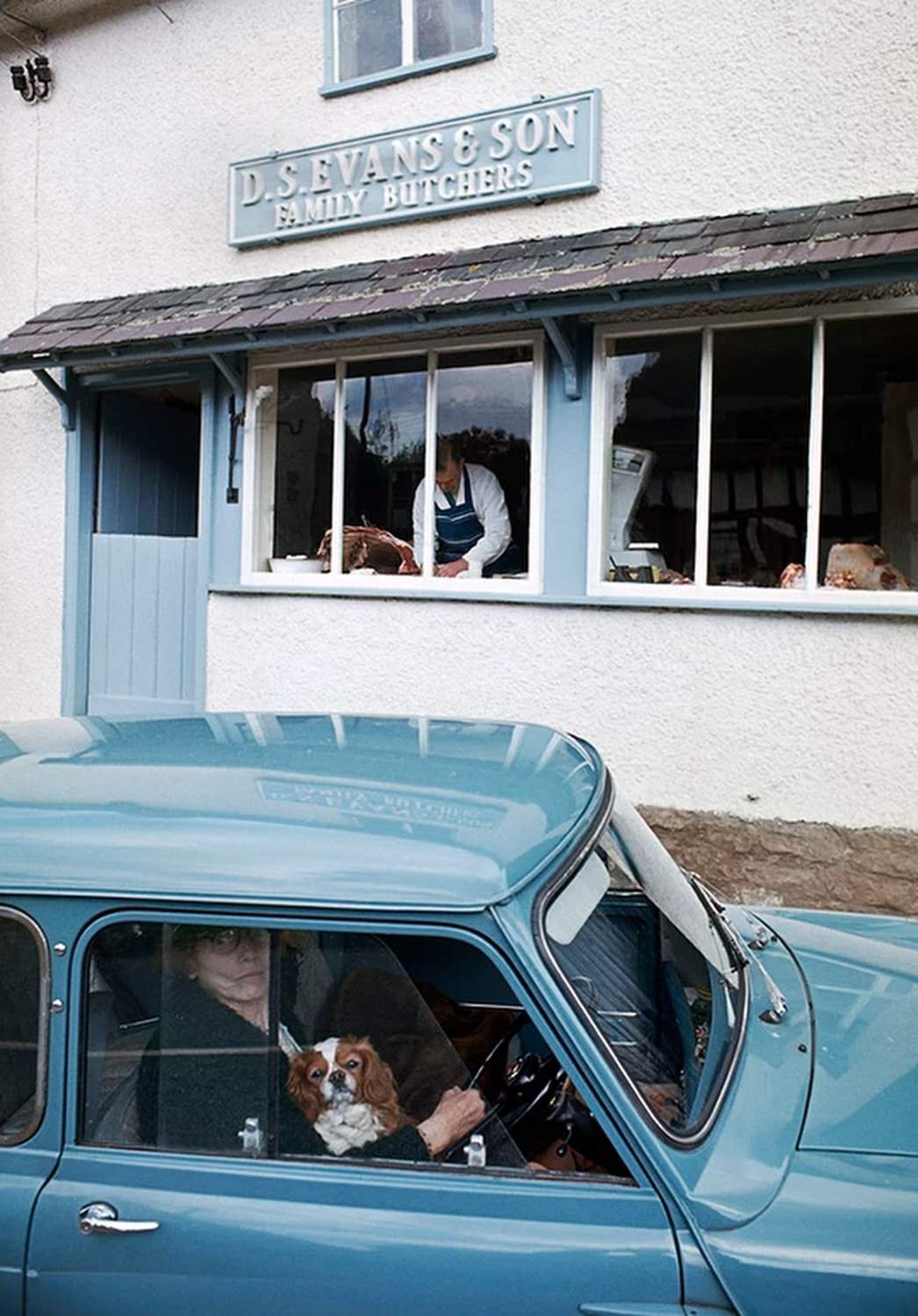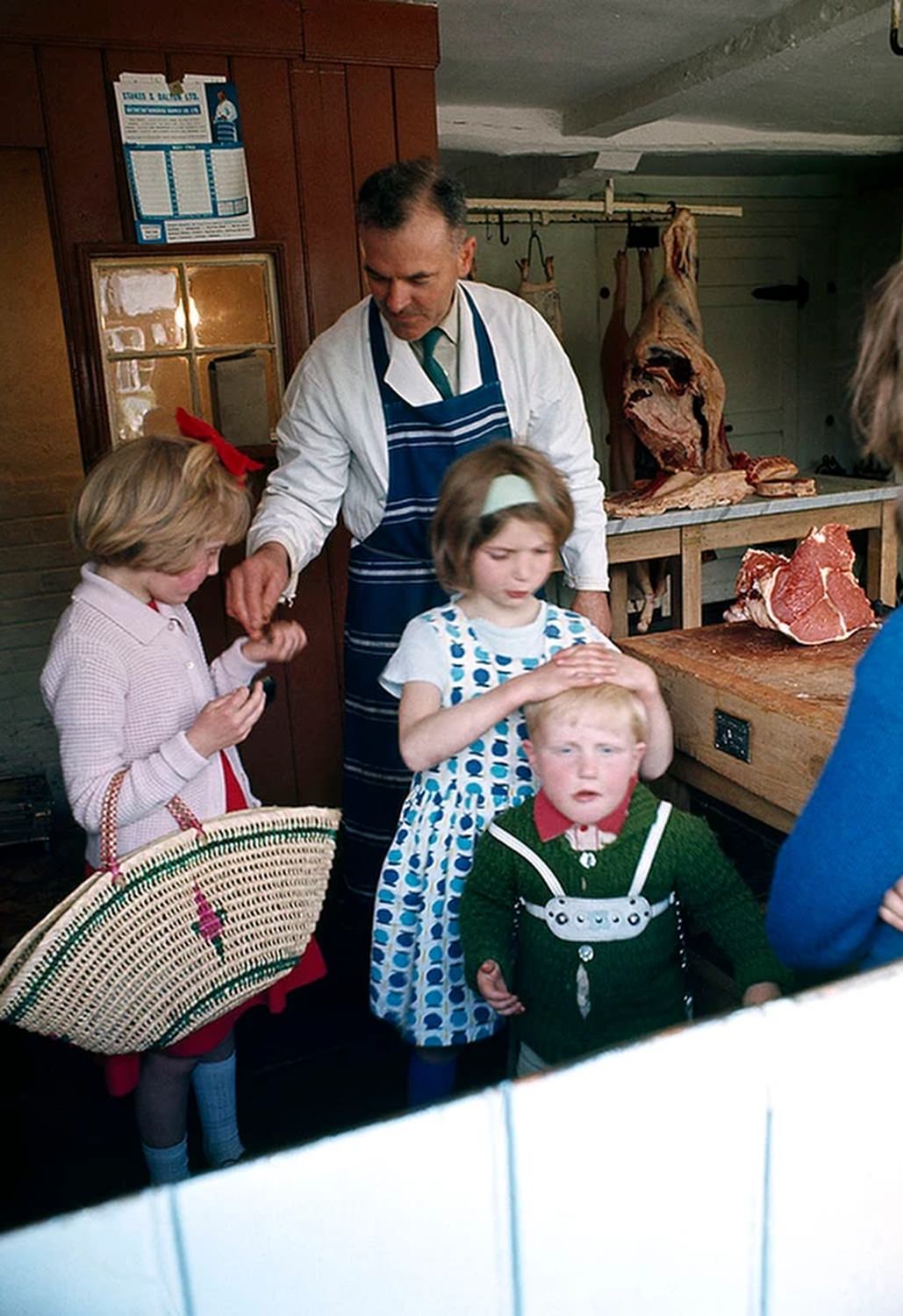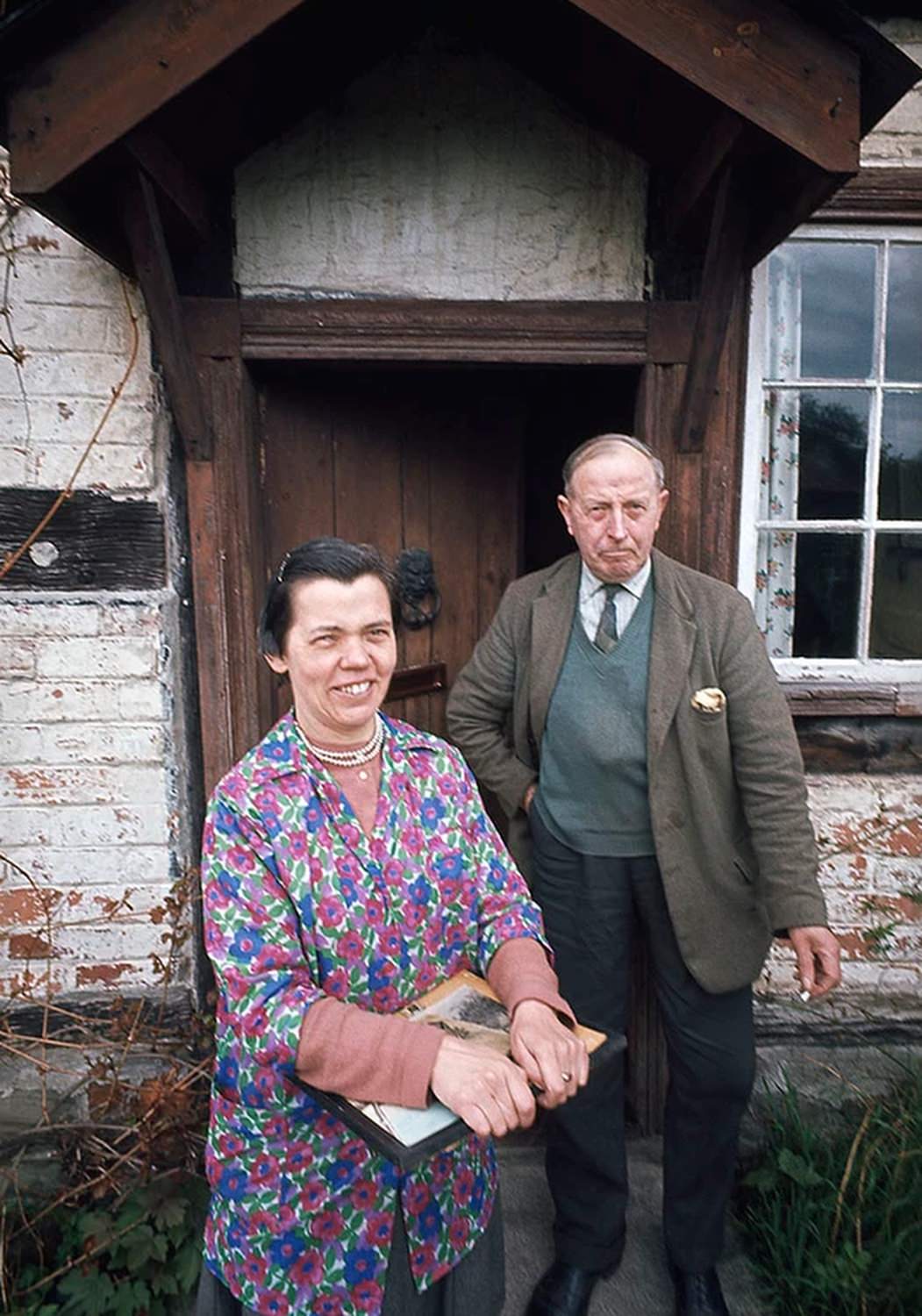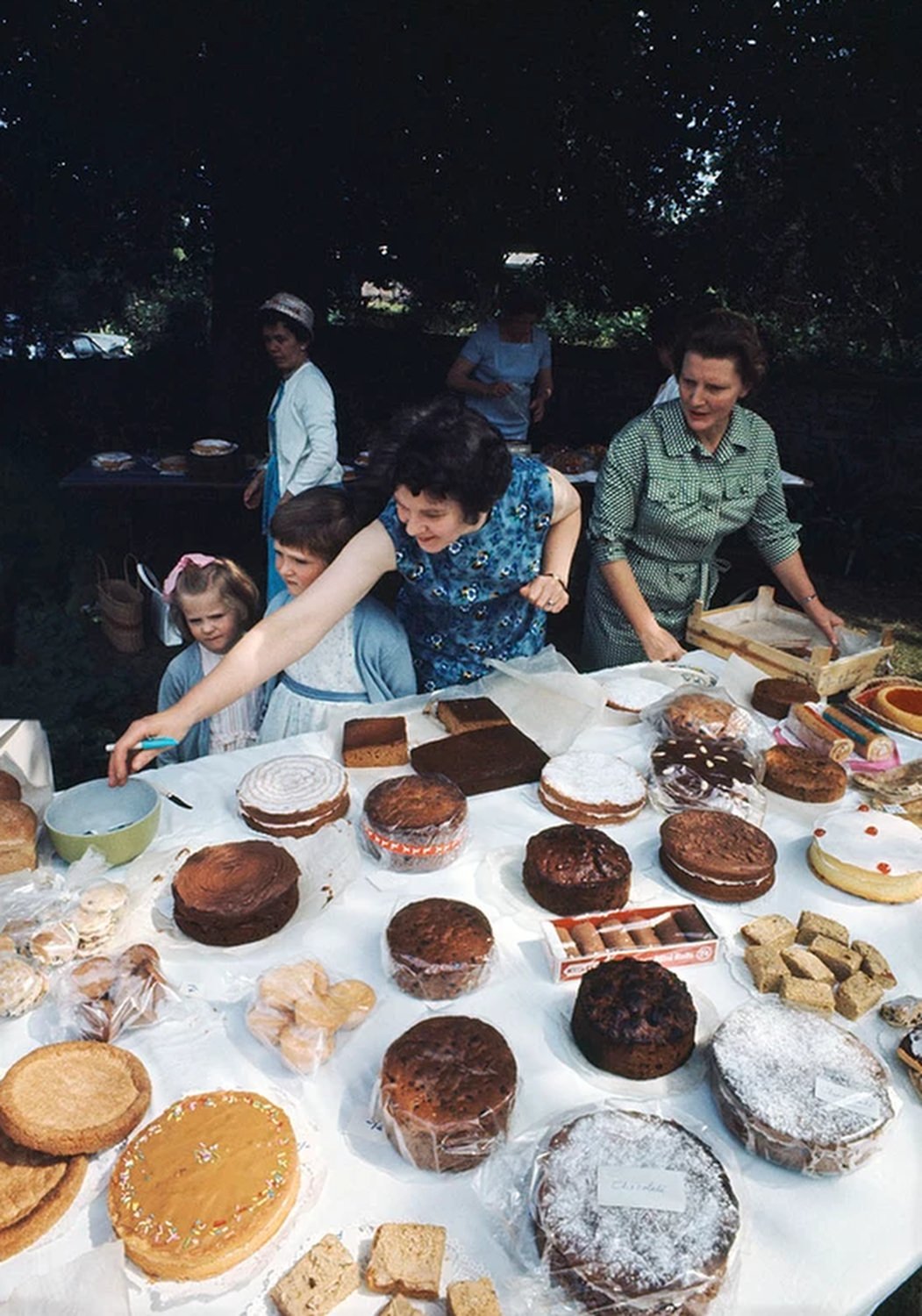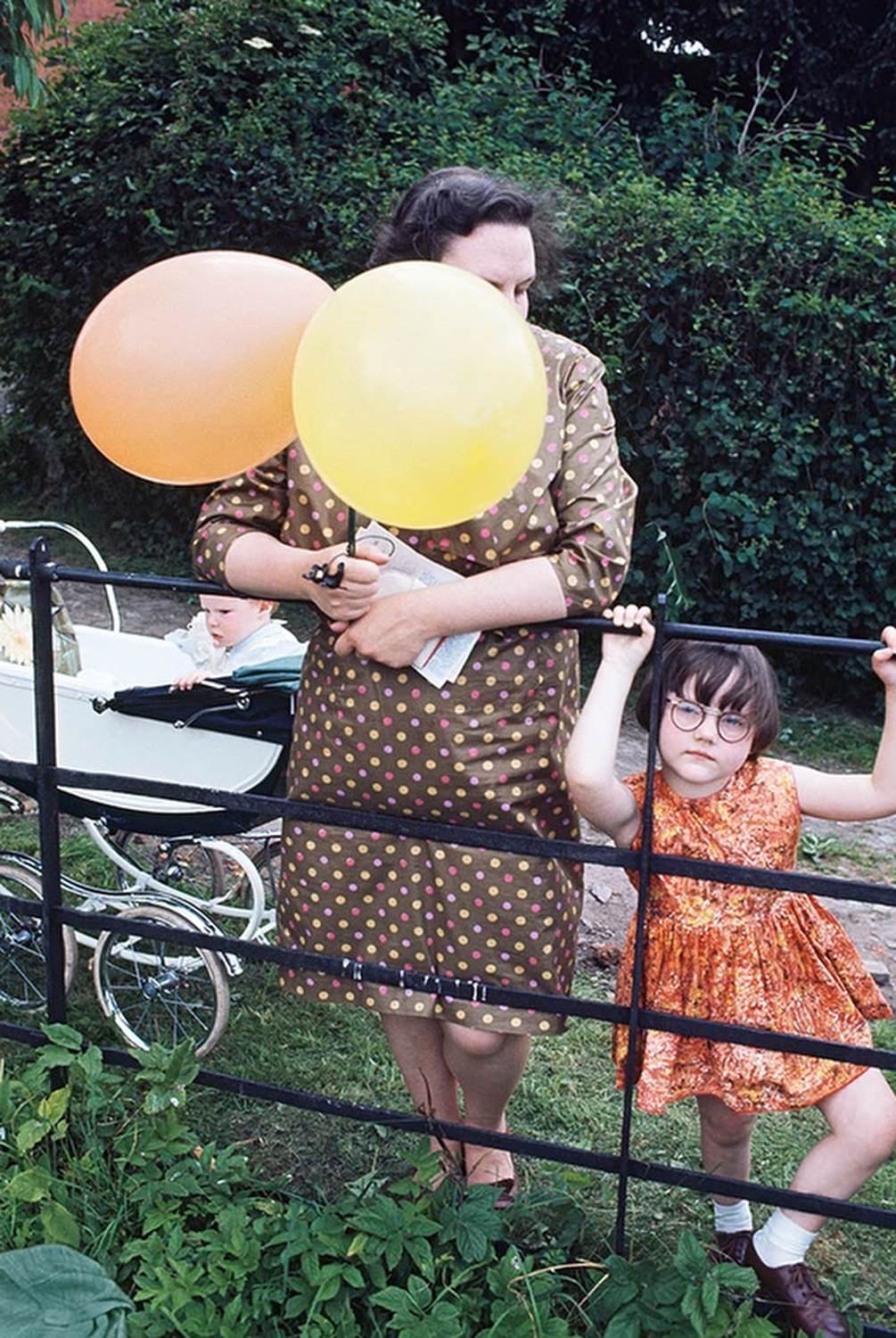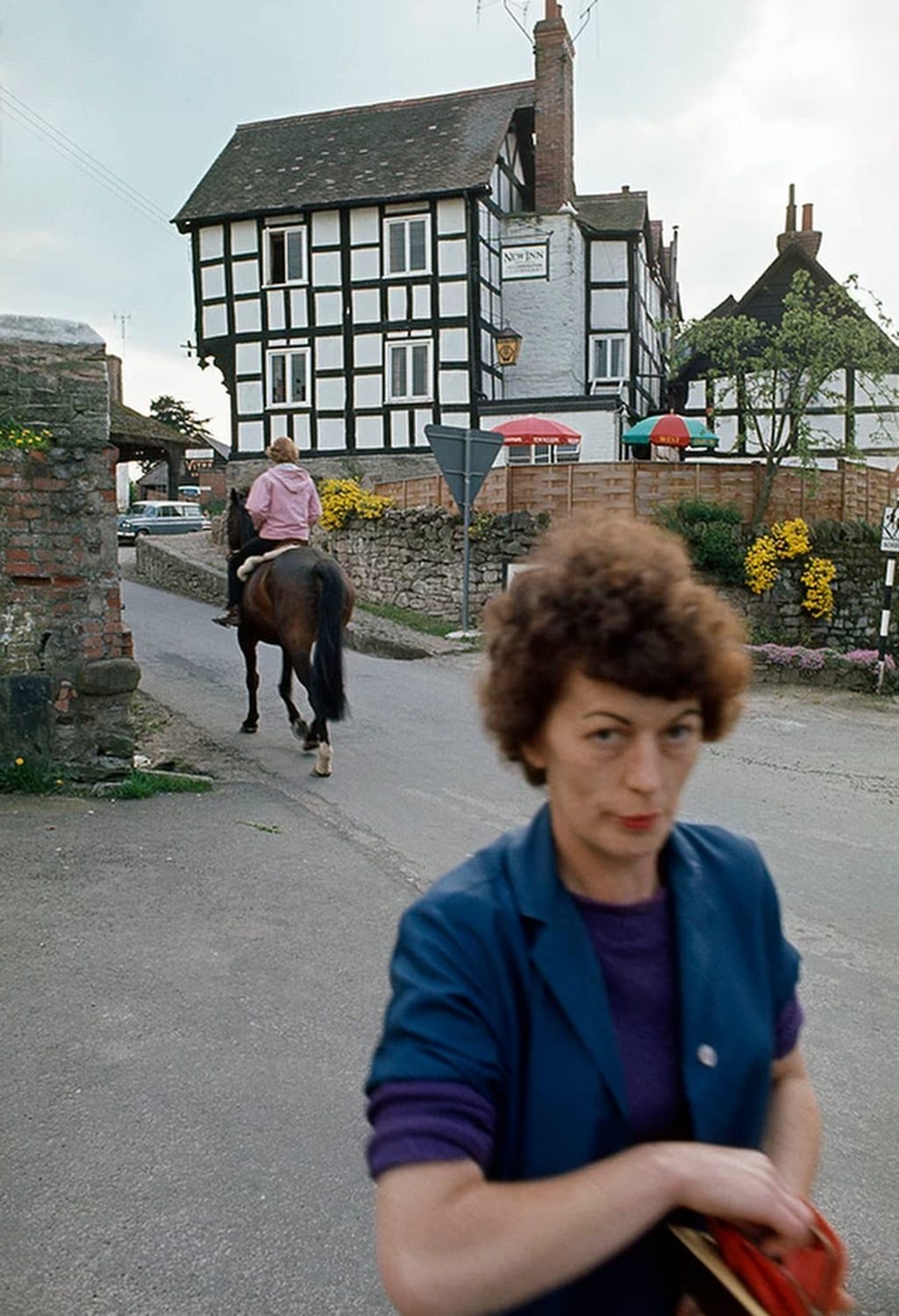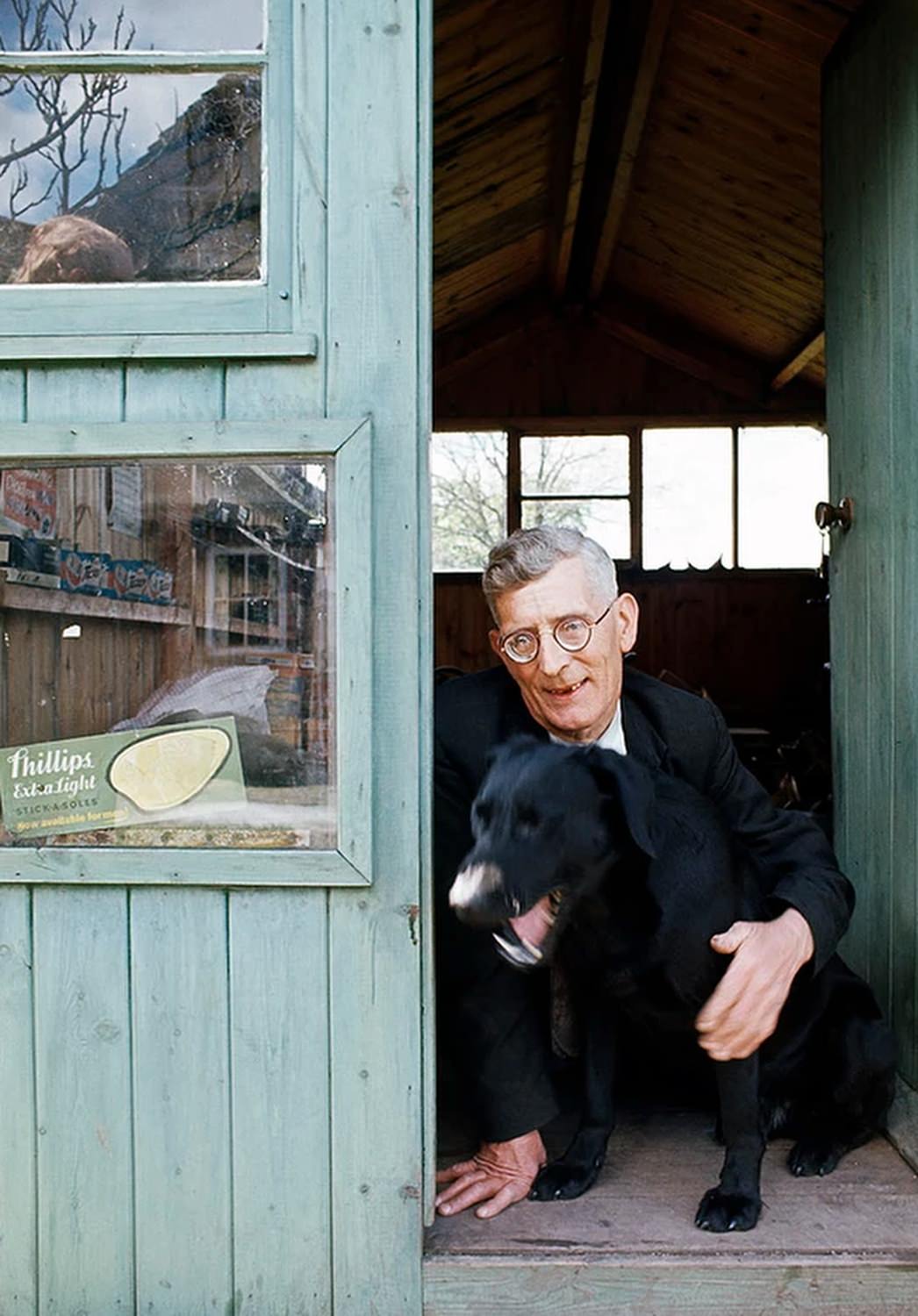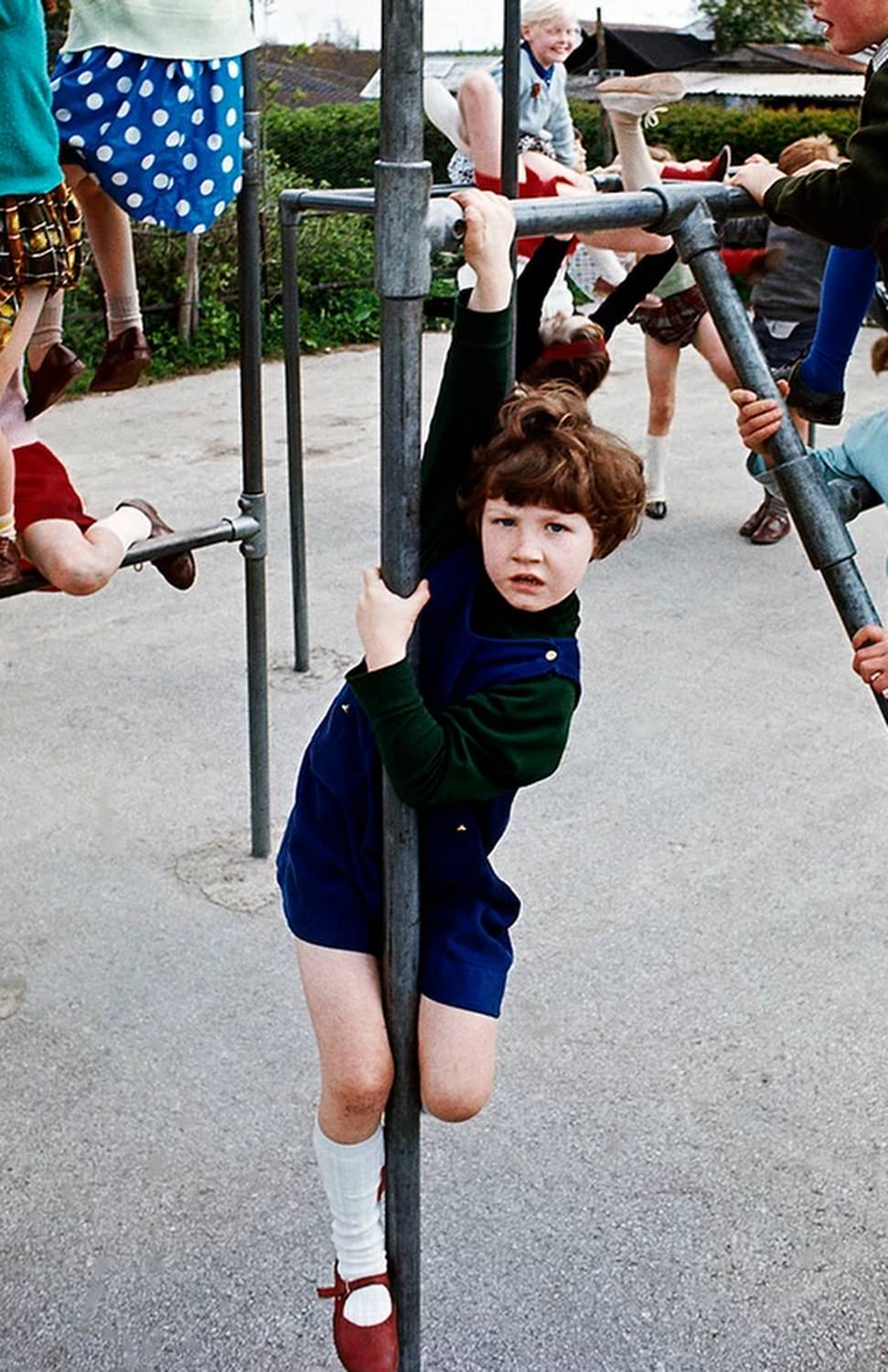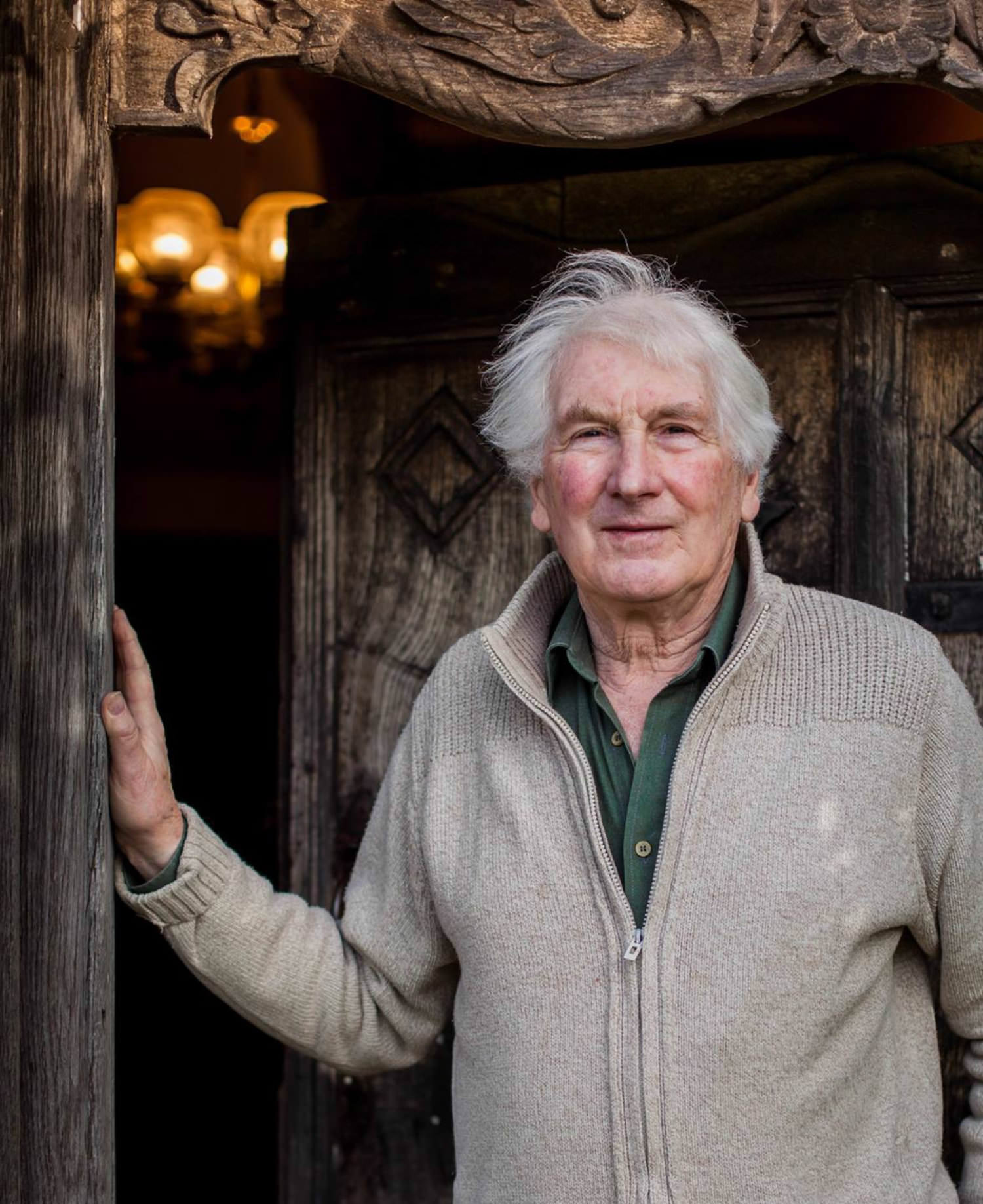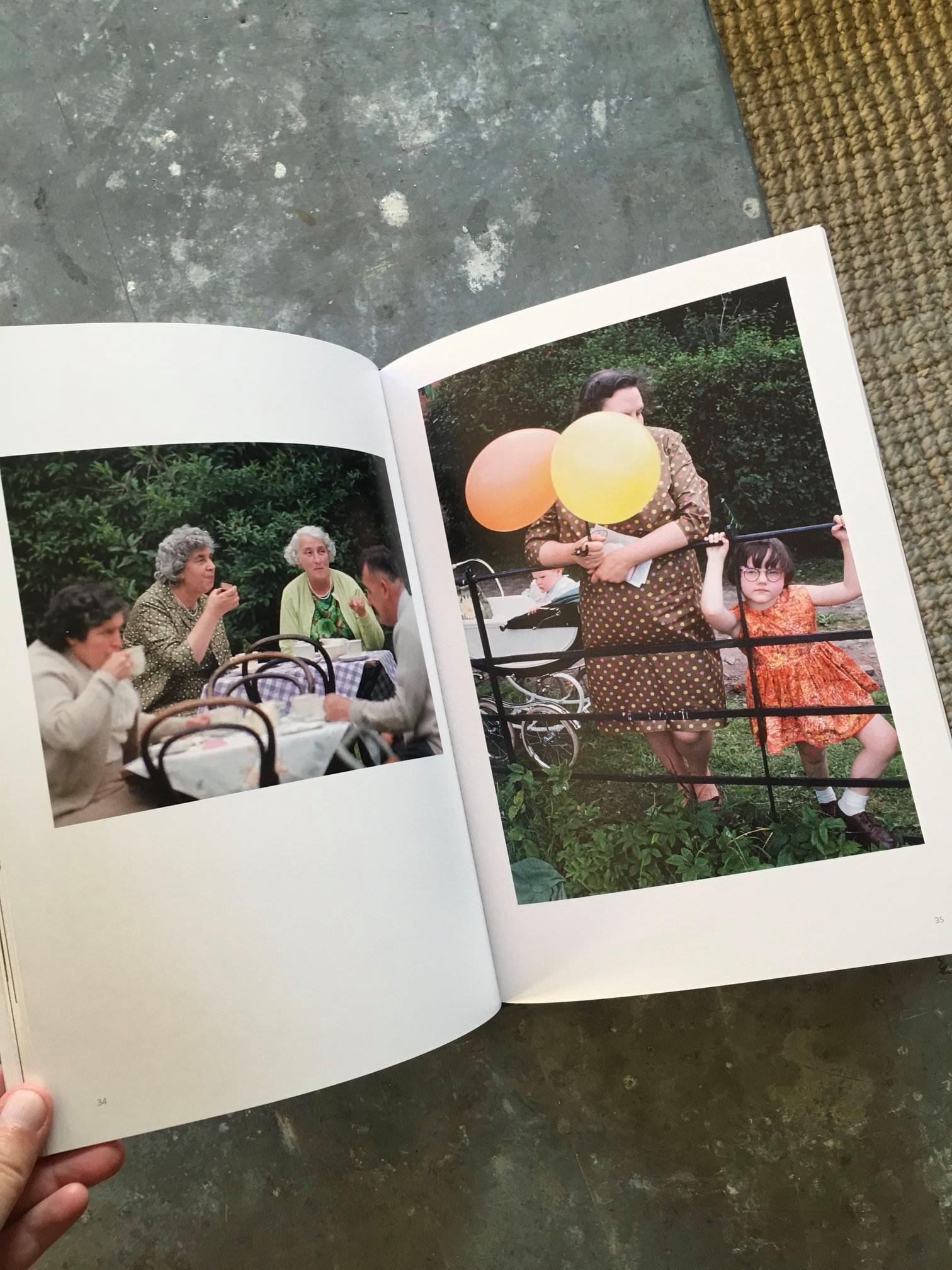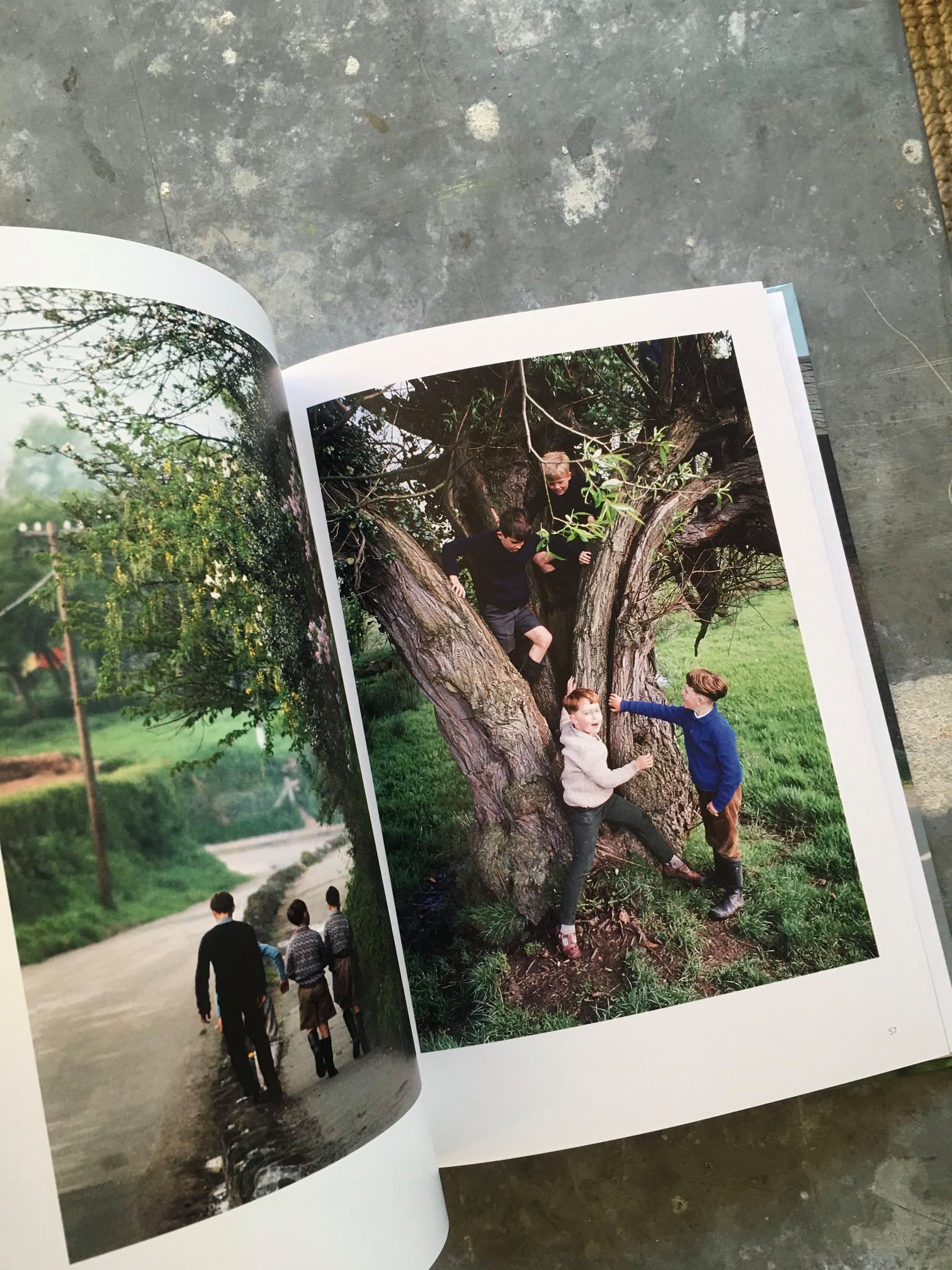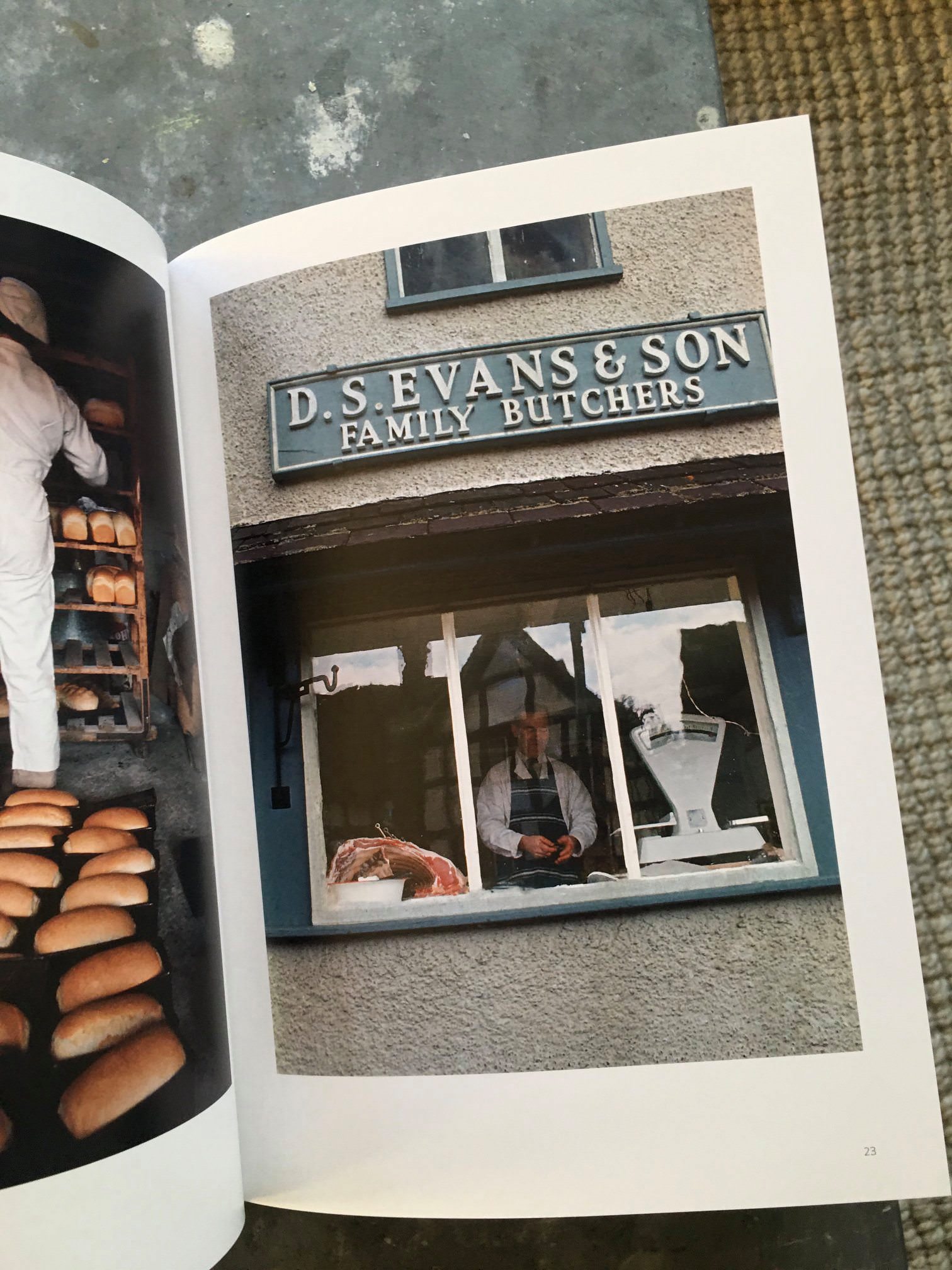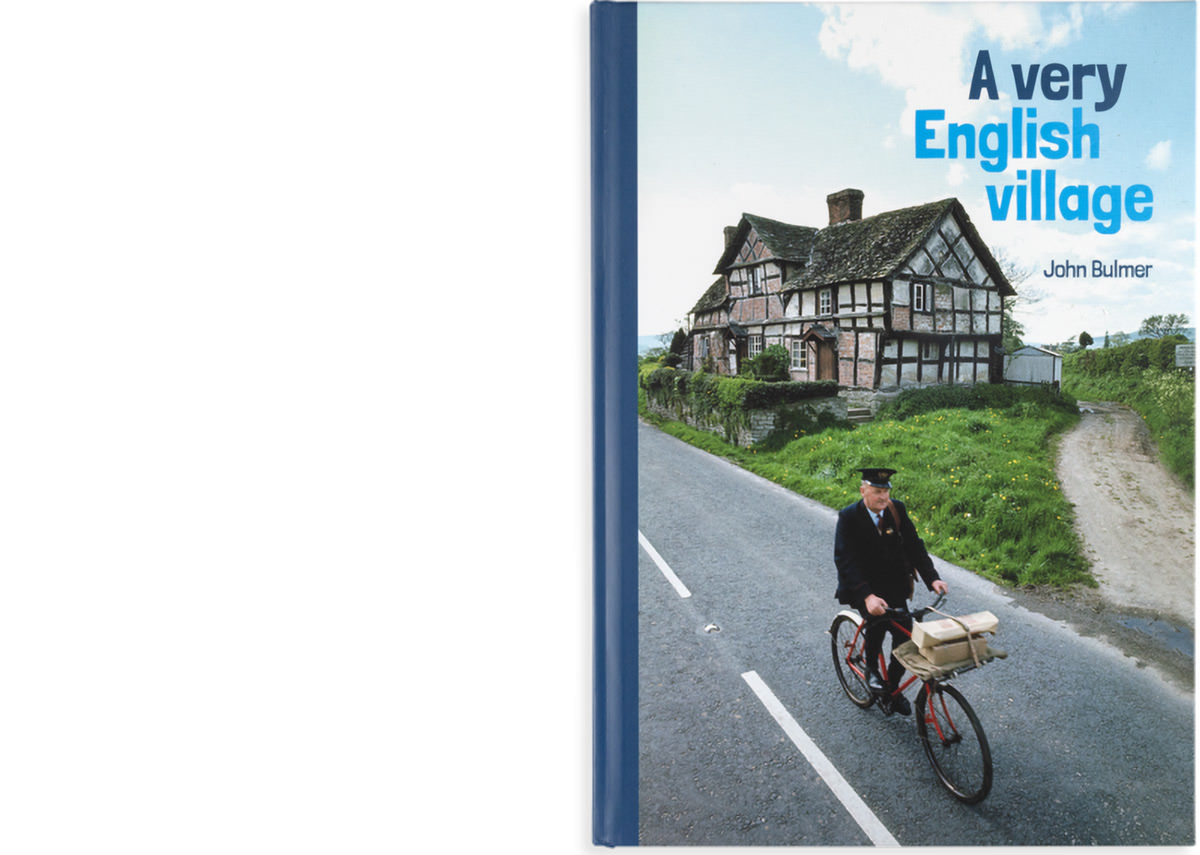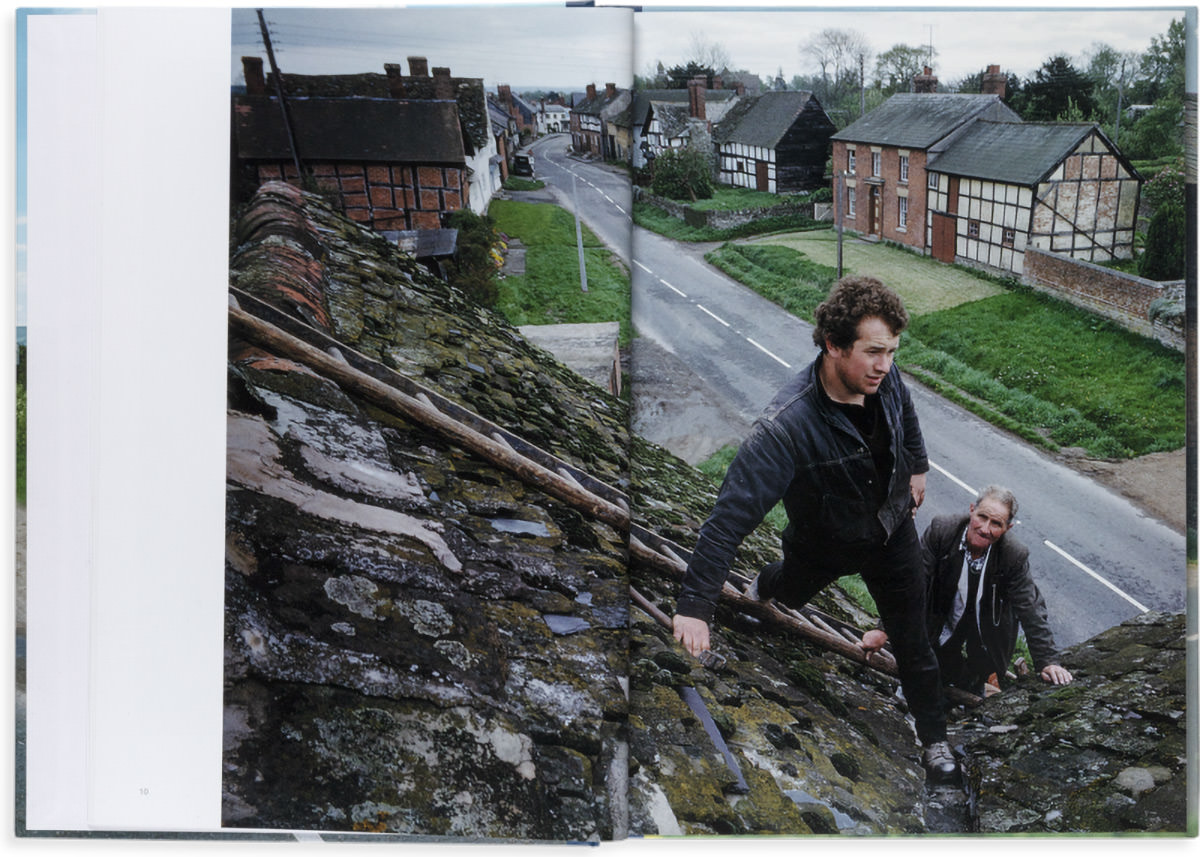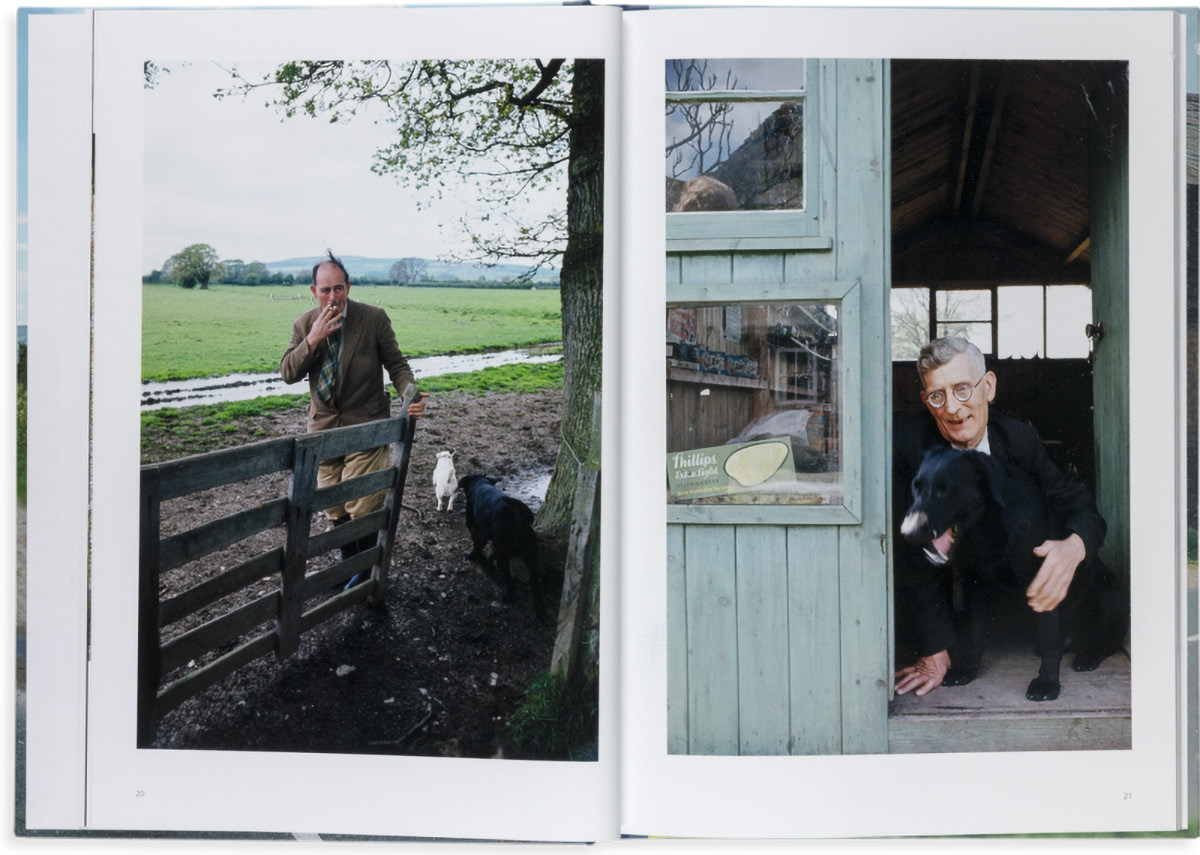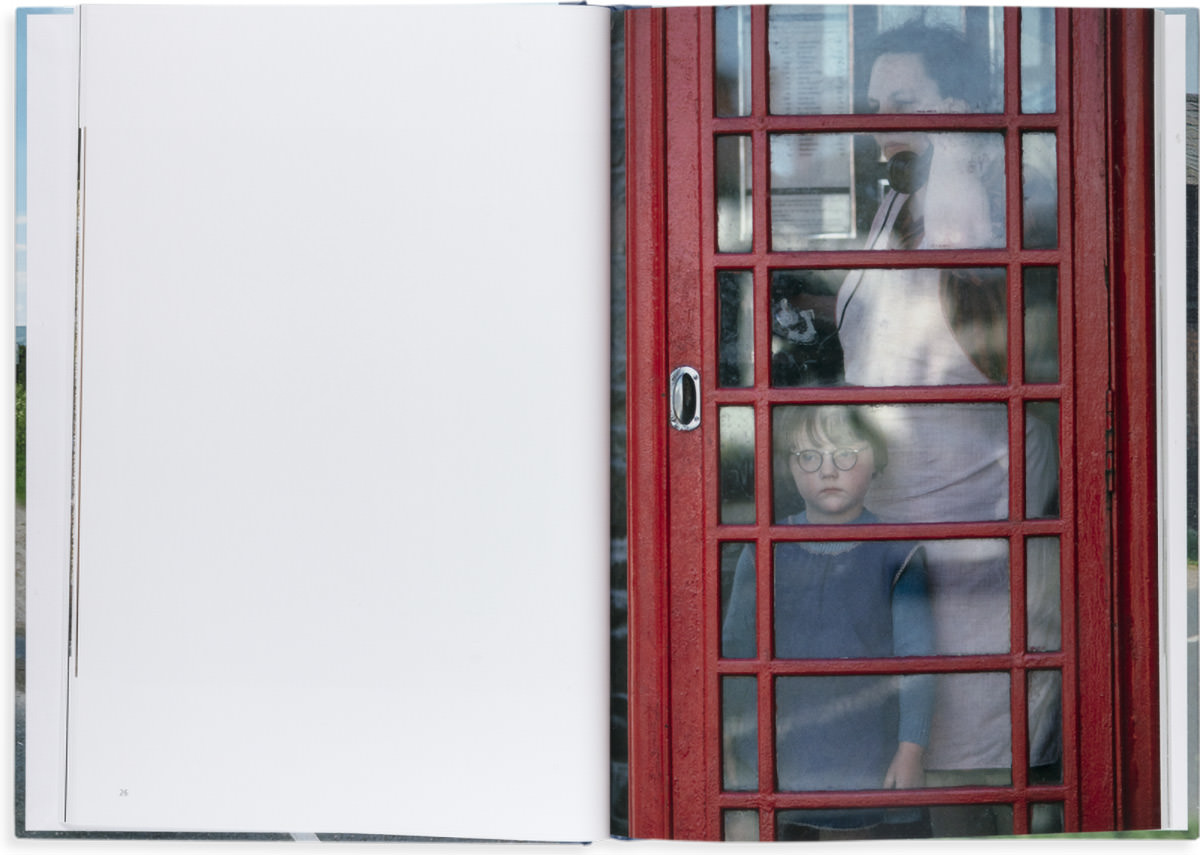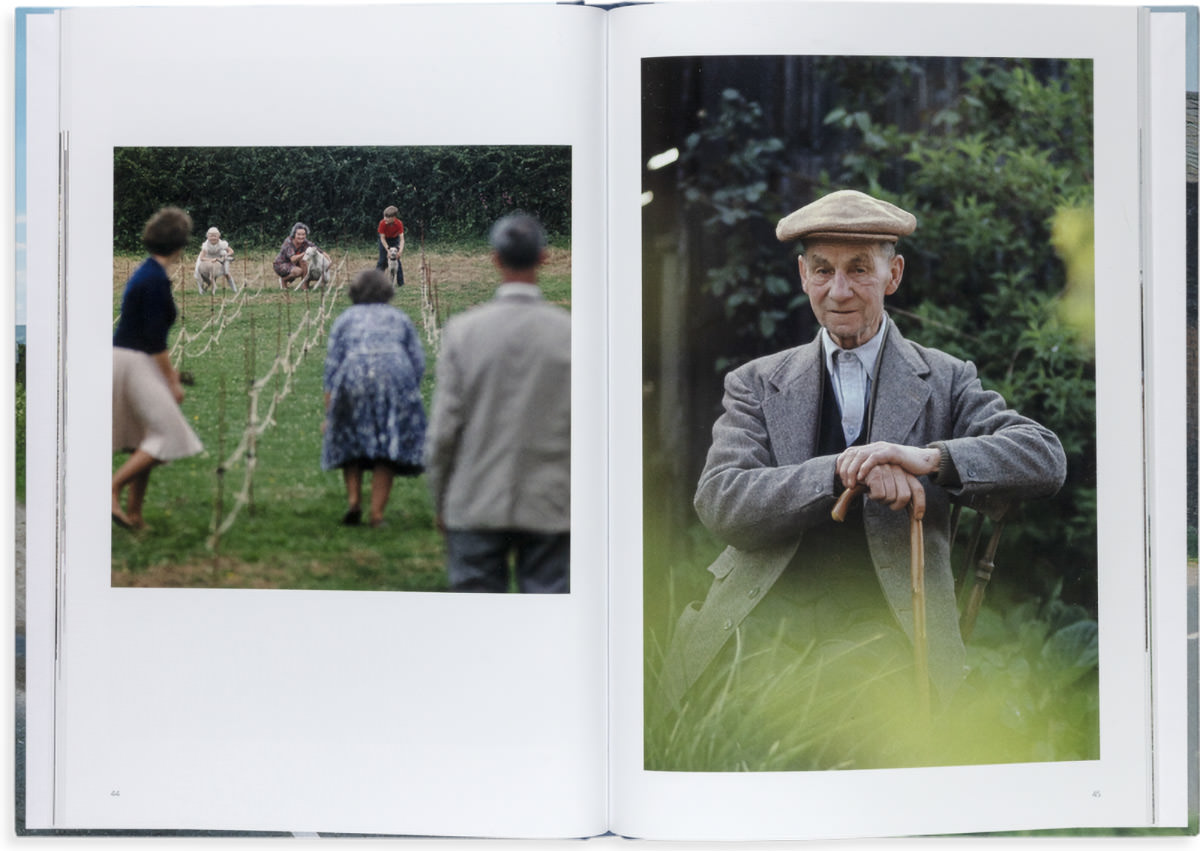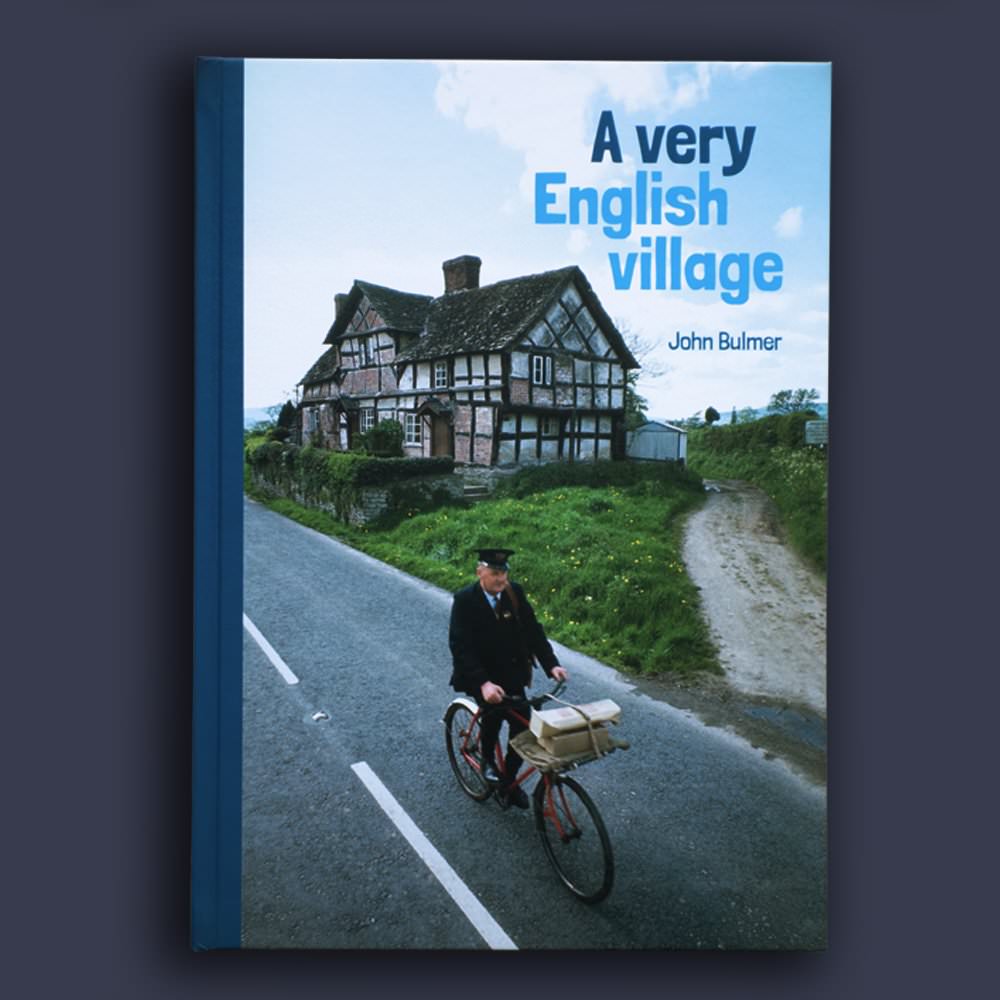John Bulmer: A Very English Village
In 1966 the Sunday Times Colour Supplement asked John Bulmer to create a photo essay on the quintessential English village. After searching the whole of England, Pembridge in Herefordshire proved to be the most ‘English’ setting.
Last 12 November Thru the Lens Gallery, in the Galles, UK, opened the exhibition ‘A Very English Village’ by John Bulmer. This is a collection of photos John took in the ’60s in Pembridge. There is also be an accompanying book for sale in the gallery which was produced in association with Thru the Lens: the photobook brings together this extensive and early color social documentary photography of Pembridge, both the people and the place.
“In early 1966 the Sunday Times Colour Supplement asked me to do a picture story on the quintessential English Village.
The writer was an old friend of mine from Cambridge, Martin Page, and the Sunday Times put a researcher on to the job of finding the right typical English Village. It had to have all the things that a village should; a butcher, baker an undertaker, etc., and not be full of retired people. They searched throughout Britain, and the village they came up with was Pembridge in Herefordshire.
I was brought up only ten miles from Pembridge and had just bought my first house, again only a few miles from Pembridge.
The Sunday Times had started their ‘Colour Supplement’ in 1962. I’d just started my career as a photojournalist in London, and worked as a freelancer for them since the first issue. I shared the very first cover with David Bailey. His photographs were of Jean Shrimpton’s armpit, mine of a footballer who’s name I don’t recall, but it was not a promising start.
The Magazine took a while to find its feet, but within a couple of years had probably become the foremost outlet for photojournalism anywhere. By early 1966 I’d been several times around the world for them and had shot stories in six of the seven continents. I’d worked very little in Britain, so, a story quite so close to home was unusual. I worked in the same way here as everywhere else. I never asked people if I could take their photographs if I could help it. I did not want to destroy the image in front of my camera. Even with Royalty or heads of state, I tried to catch them unaware whenever possible.” (J.B.)
About the Author
John Bulmer was a pioneer of color photography in the early 1960s working for the Sunday Times Magazine from the very first issue till the 1970’s He was brought up in Herefordshire, became a passionate photographer, and when he went to study engineering at Cambridge continued taking photographs- first for the University newspaper Varsity and then for Image, a picture magazine that he co-founded. He also started shooting stories on Cambridge for Queen Magazine, the Daily Express newspaper, and finally a story on the Night Climbers of Cambridge which sold to Life Magazine.
This ended his career at Cambridge, and he went up to London where he was offered a job as photographer on the Daily Express. At the time the Express was the foremost paper in Britain for photography, and did many assignments in association with Paris Match. He soon started shooting stories for Town Magazine, a new fashion magazine that became well known for good photography, using others such as Terrence Donovan, David Bailey, and Don McCullin. John Bulmer did many groundbreaking stories for them including; The Black Country, Nelson, The North, as well as overseas stories in South America, Africa, New Guinea and Indonesia.
The Sunday Times then produced the first of the Colour Supplements, later copied by all the newspapers. John Bulmer shared the cover of the first issue with David Bailey- a picture of a footballer he took surrounded by pictures of Jean Shrimpton’s armpit! This was a small start but John soon had a contract to shoot sixty pages a year and traveled to nearly 100 countries on their behalf. John Bulmer was recognized immediately for having made the necessary adjustment and thinking specifically in terms of color became one of the most prolific contributors of color reportage to the Sunday Times Colour Section.
Many of Bulmer’s most important assignments were abroad, but he was also acknowledged as an adroit recorder of provincial Britain. His reputation as a recorder of the industrial cityscape was probably gained at Town, where he was responsible for stories on Nelson, Lancashire, The Black Country, and The North is dead”. His work was several times singled out for awards by the Design and Art Directors Club and he has had pictures shown at the Gallery of Modern Art in New York, the Photographers’ Gallery in London, and the National Museum of Photography in Bradford By the early seventies the Sunday Times changed course, looking for stories on “Crime, Middle-class living and Fashion” as described to Bulmer by the new editor.
It was time for a change and John Bulmer moved sideways into making documentary films. He filmed a program on the life of Van Gogh in the South of France, directed by Mai Zetterling, and went on to direct many films on travel and untouched tribes in the most inaccessible parts of the world. These were primarily shown on BBC, Nat Geo, and Discovery Channel. He has now returned to Herefordshire to catalog and show his huge collection of still photographs, many of which have never been seen.

